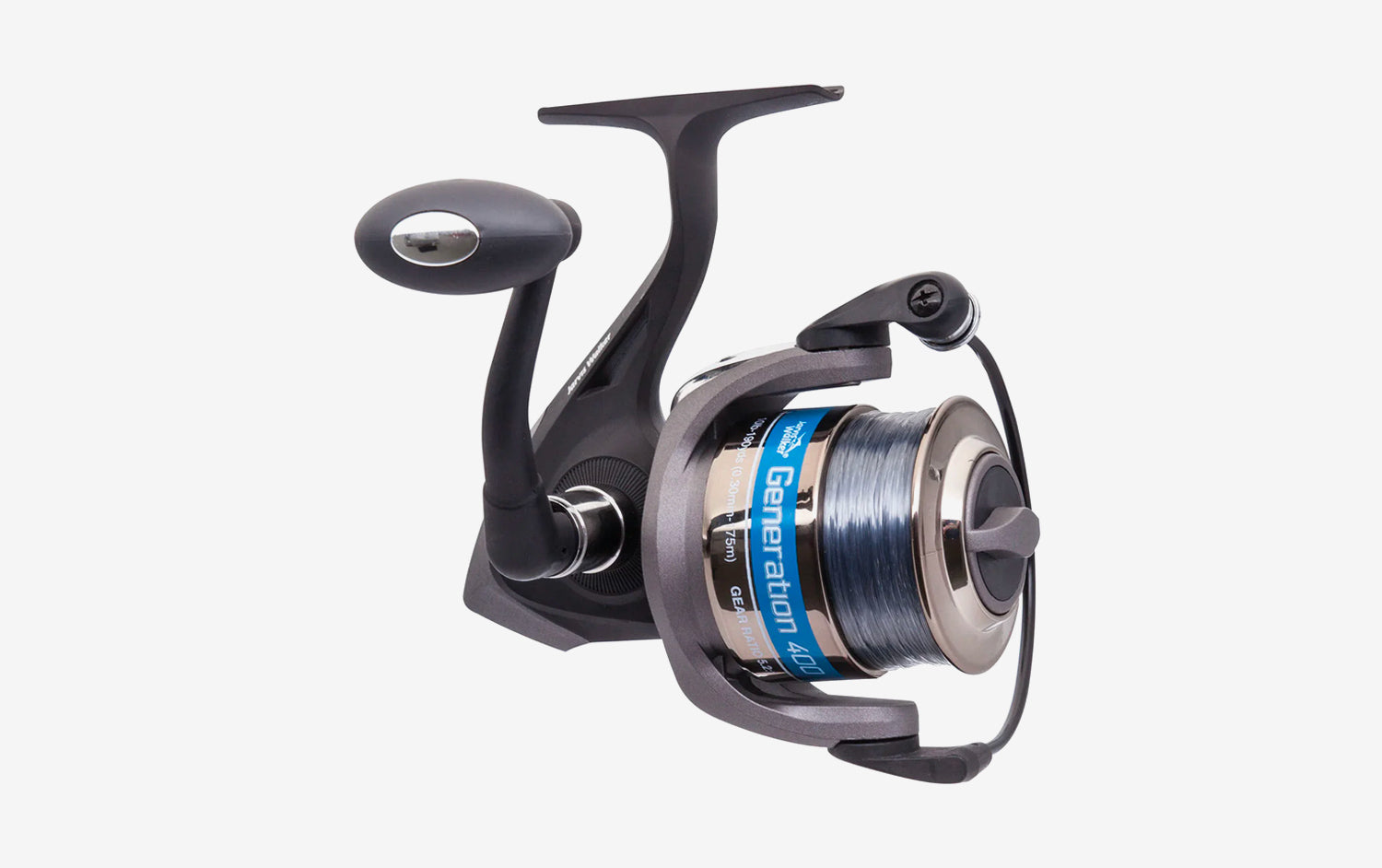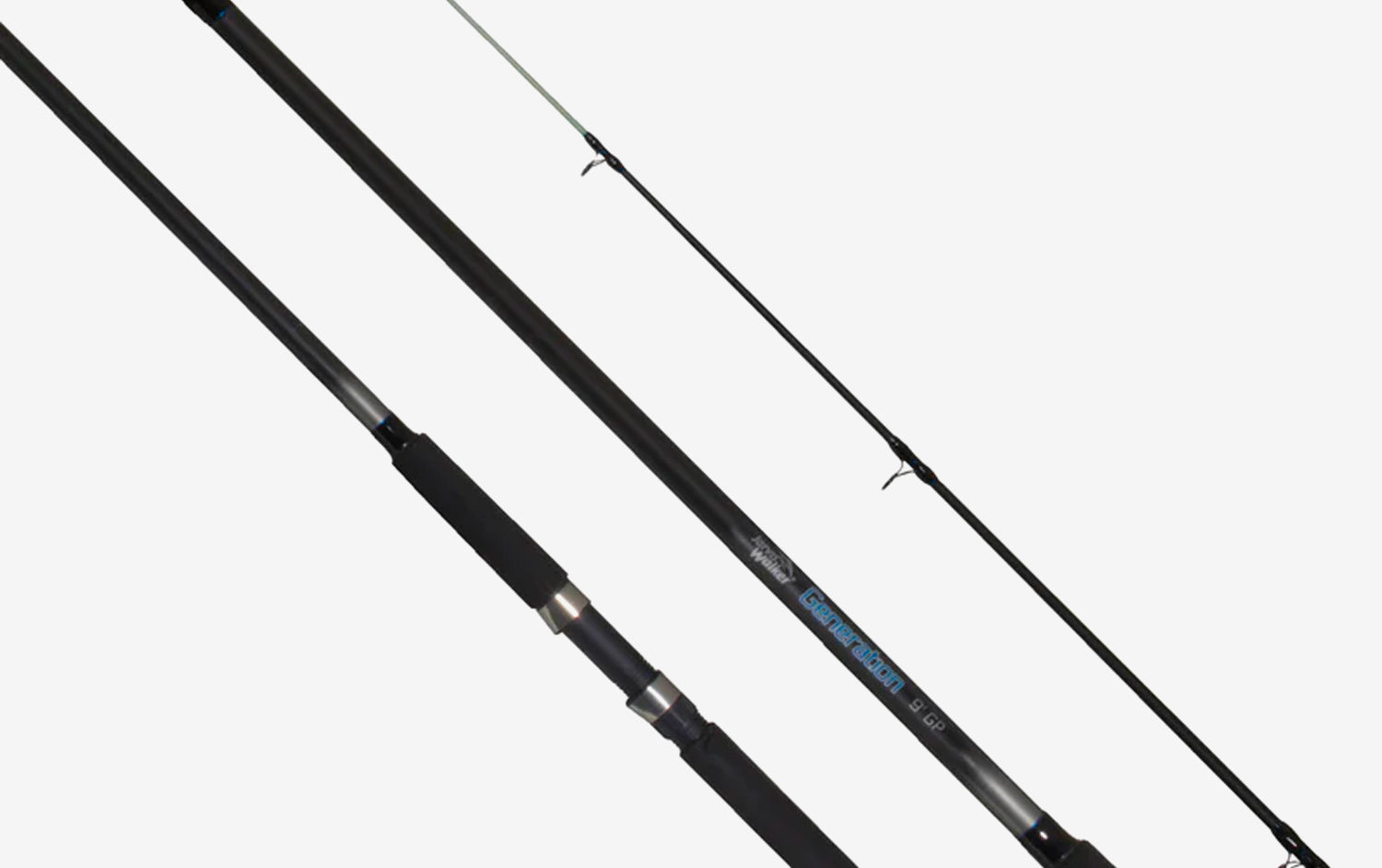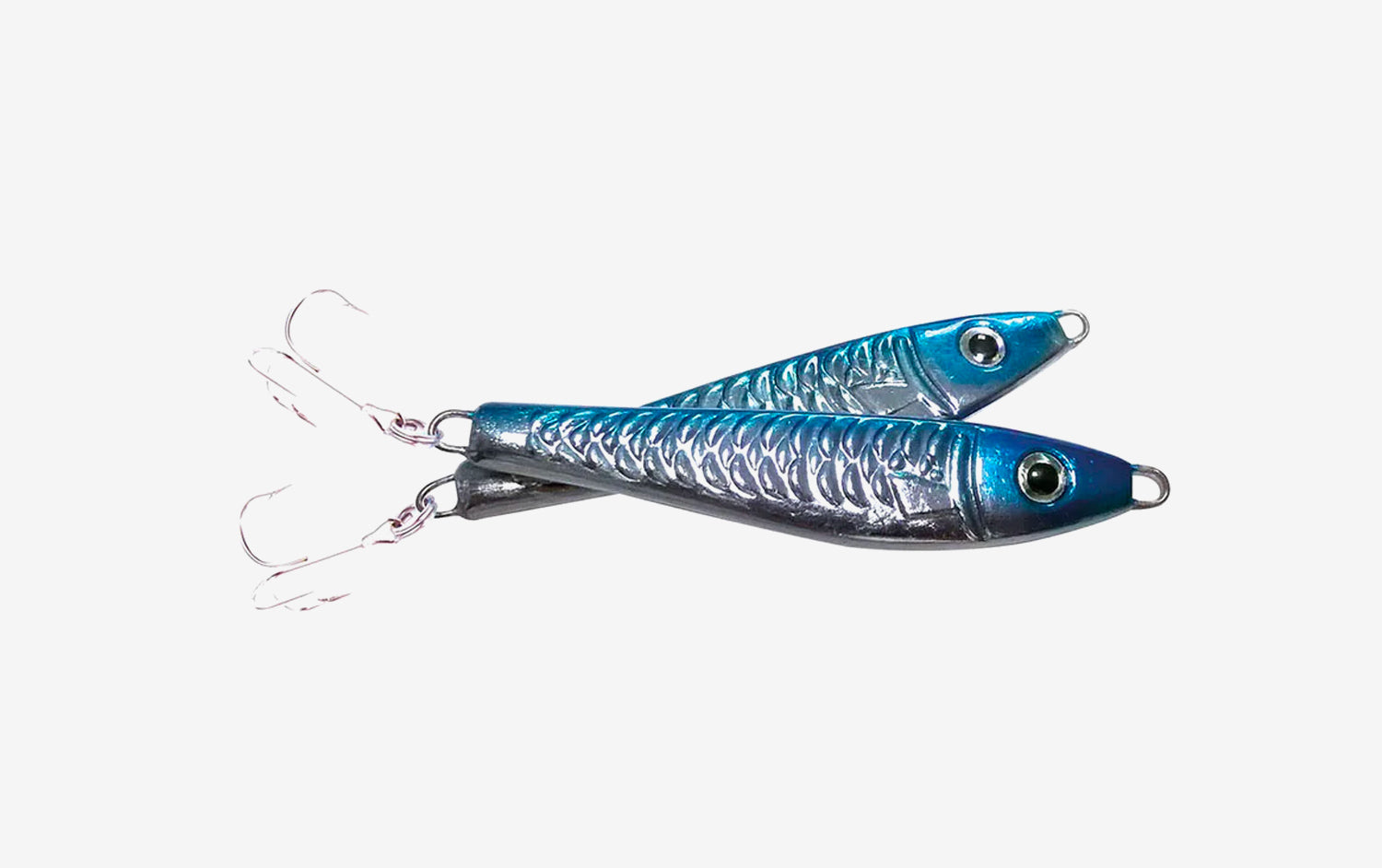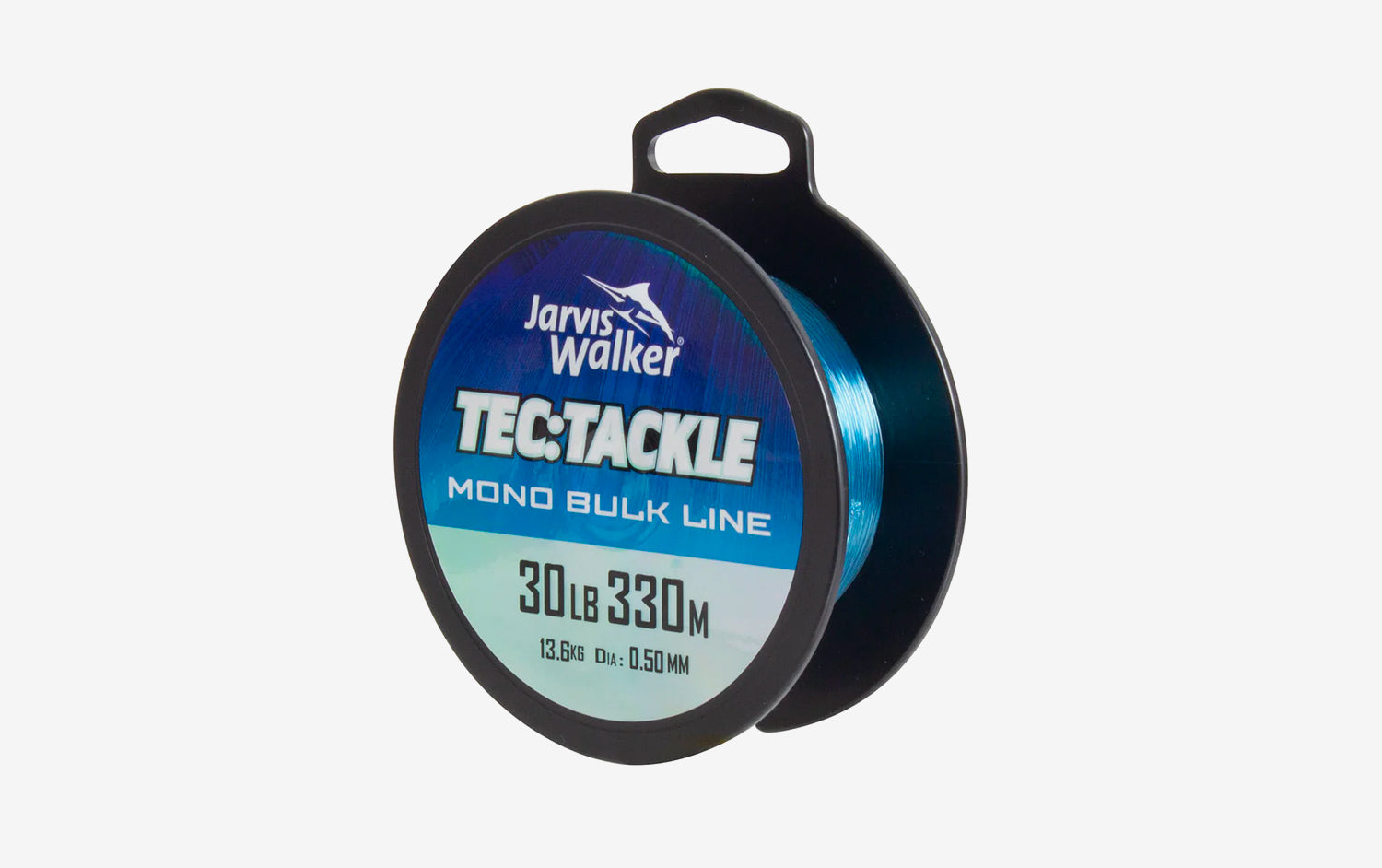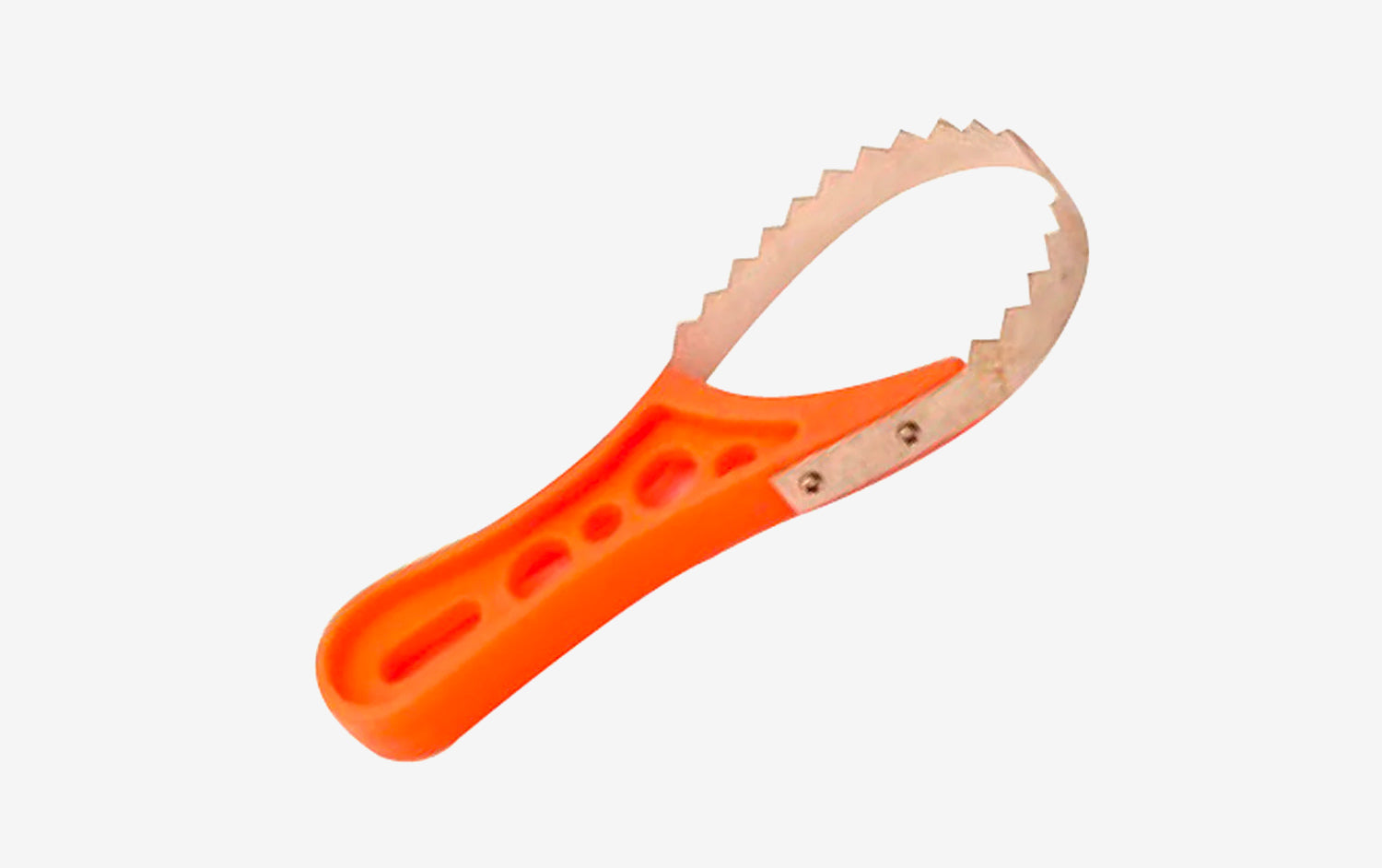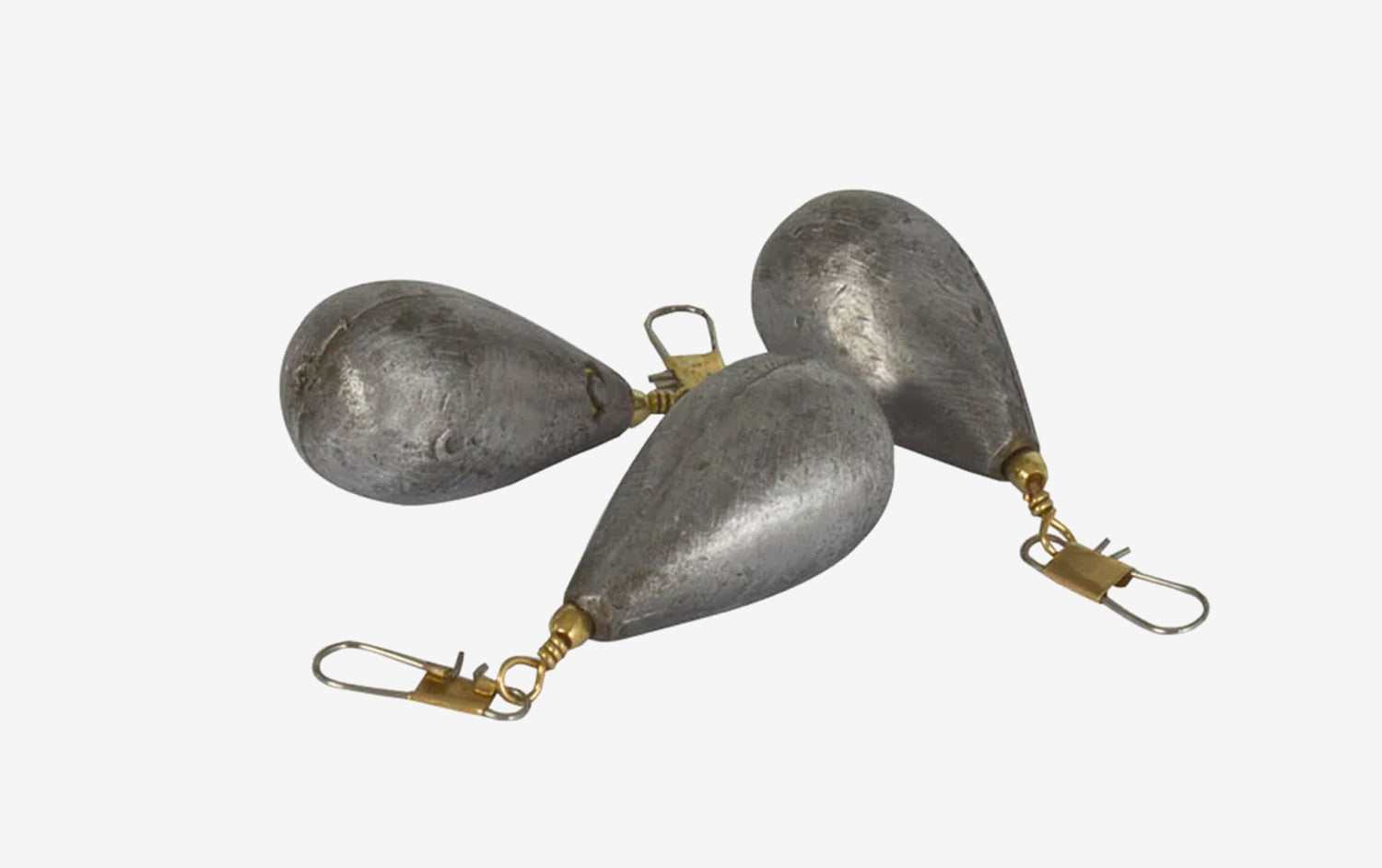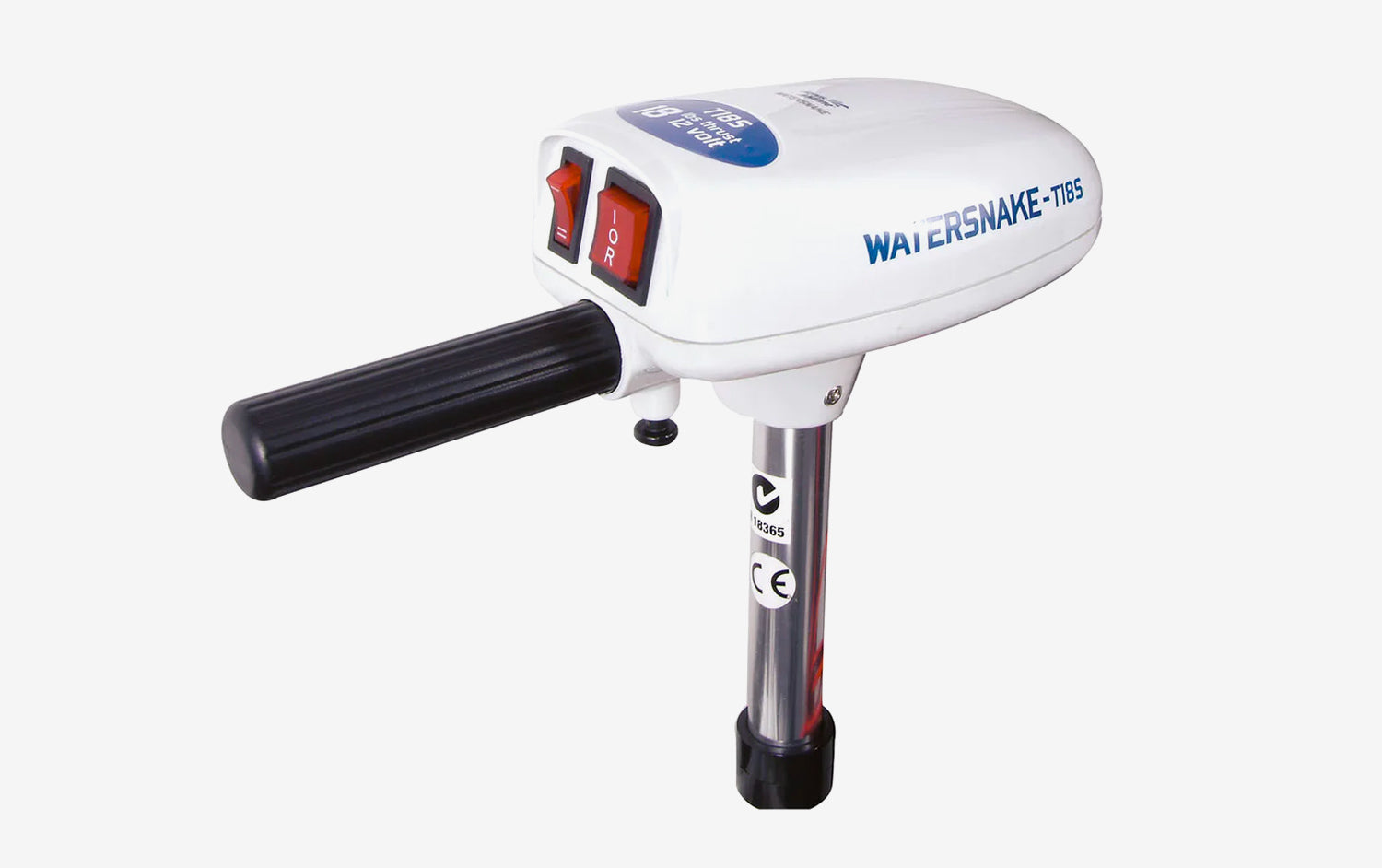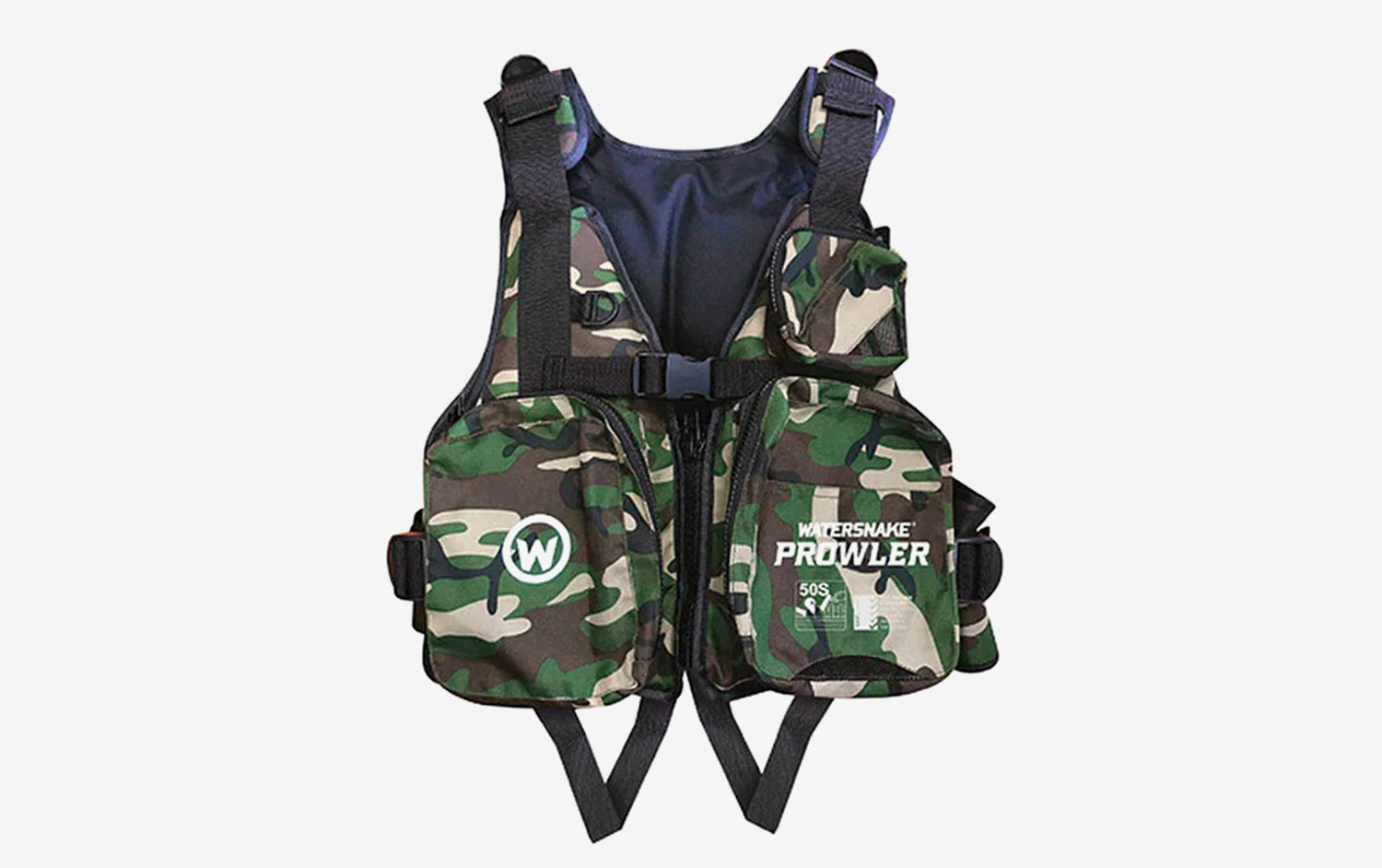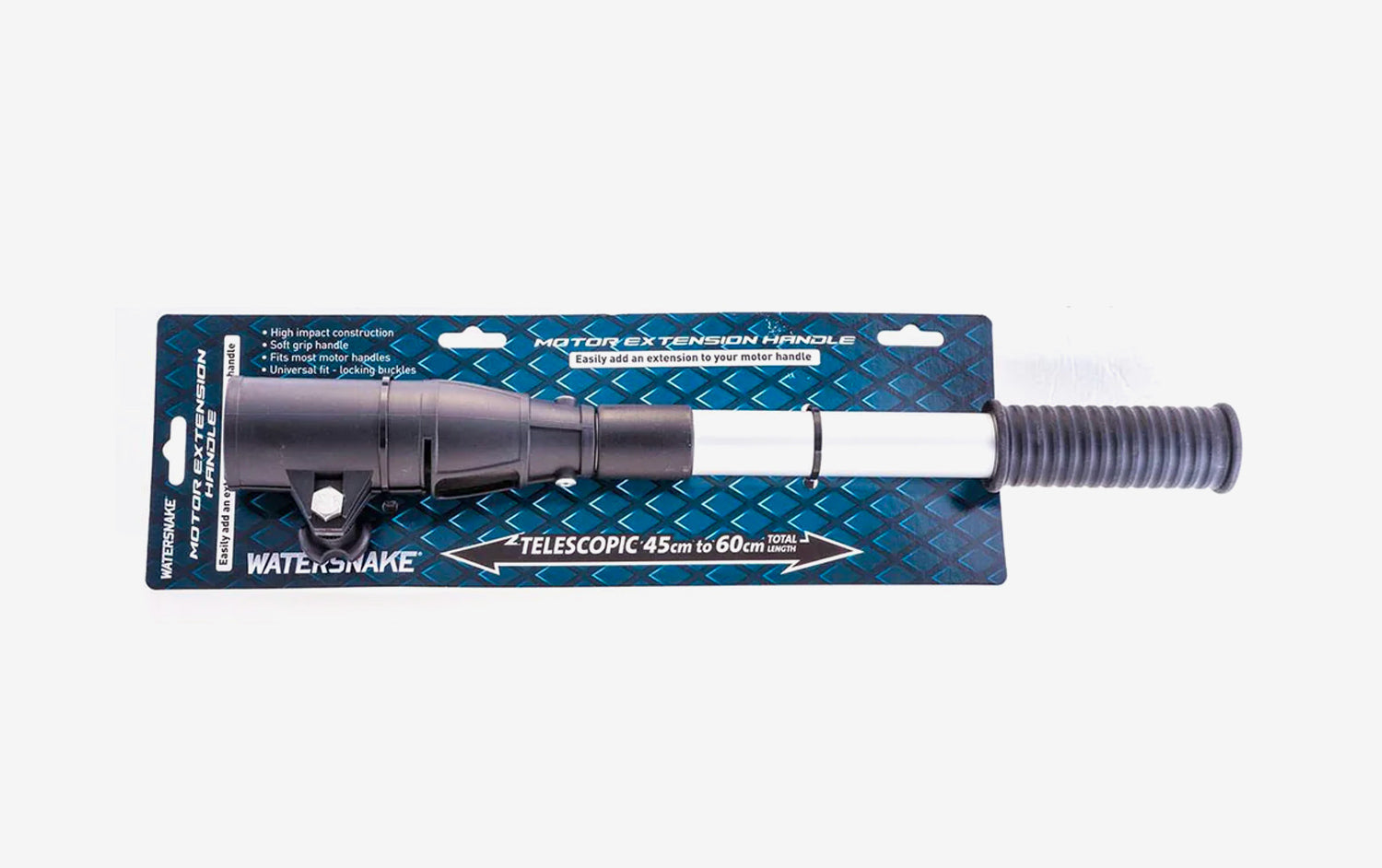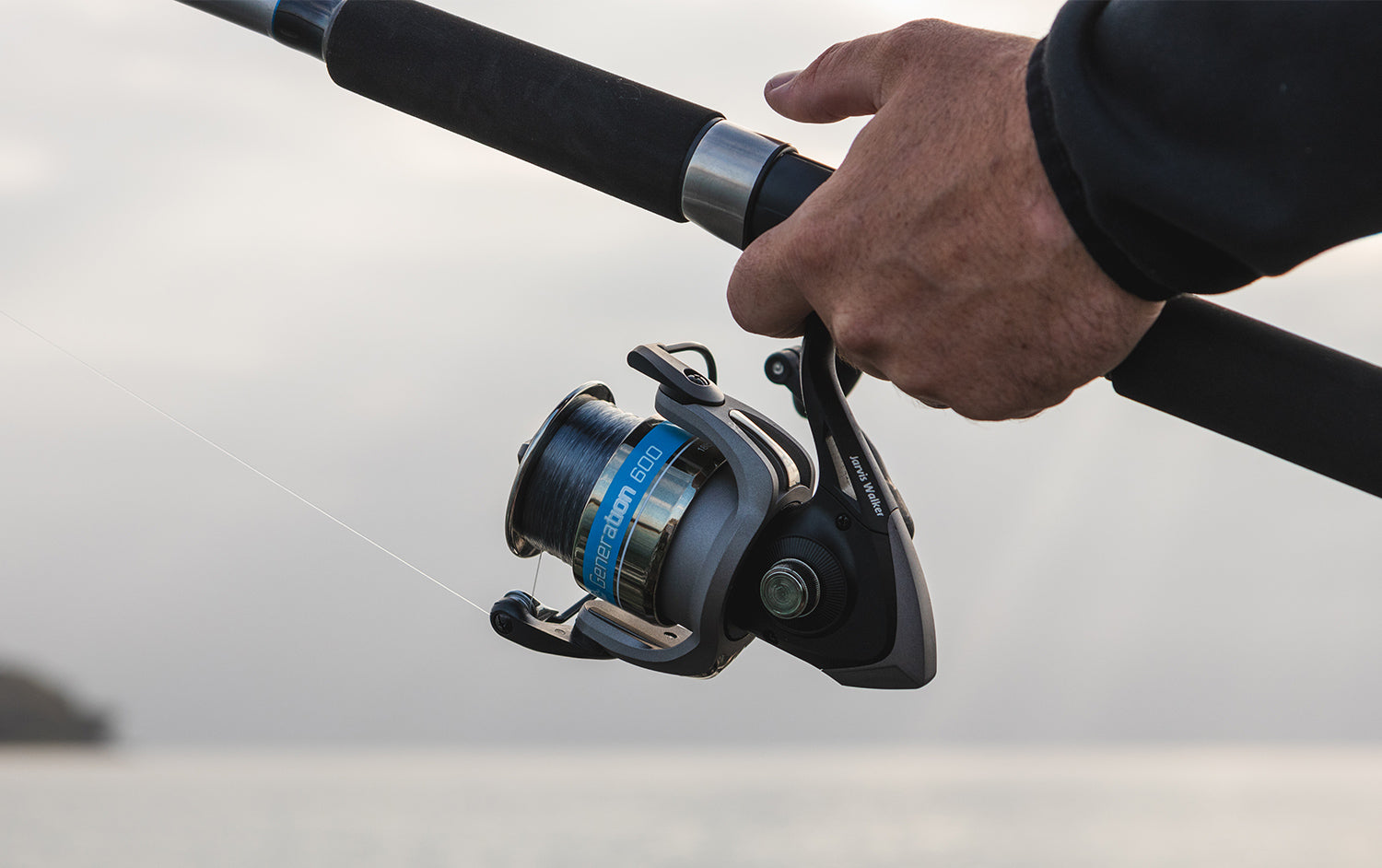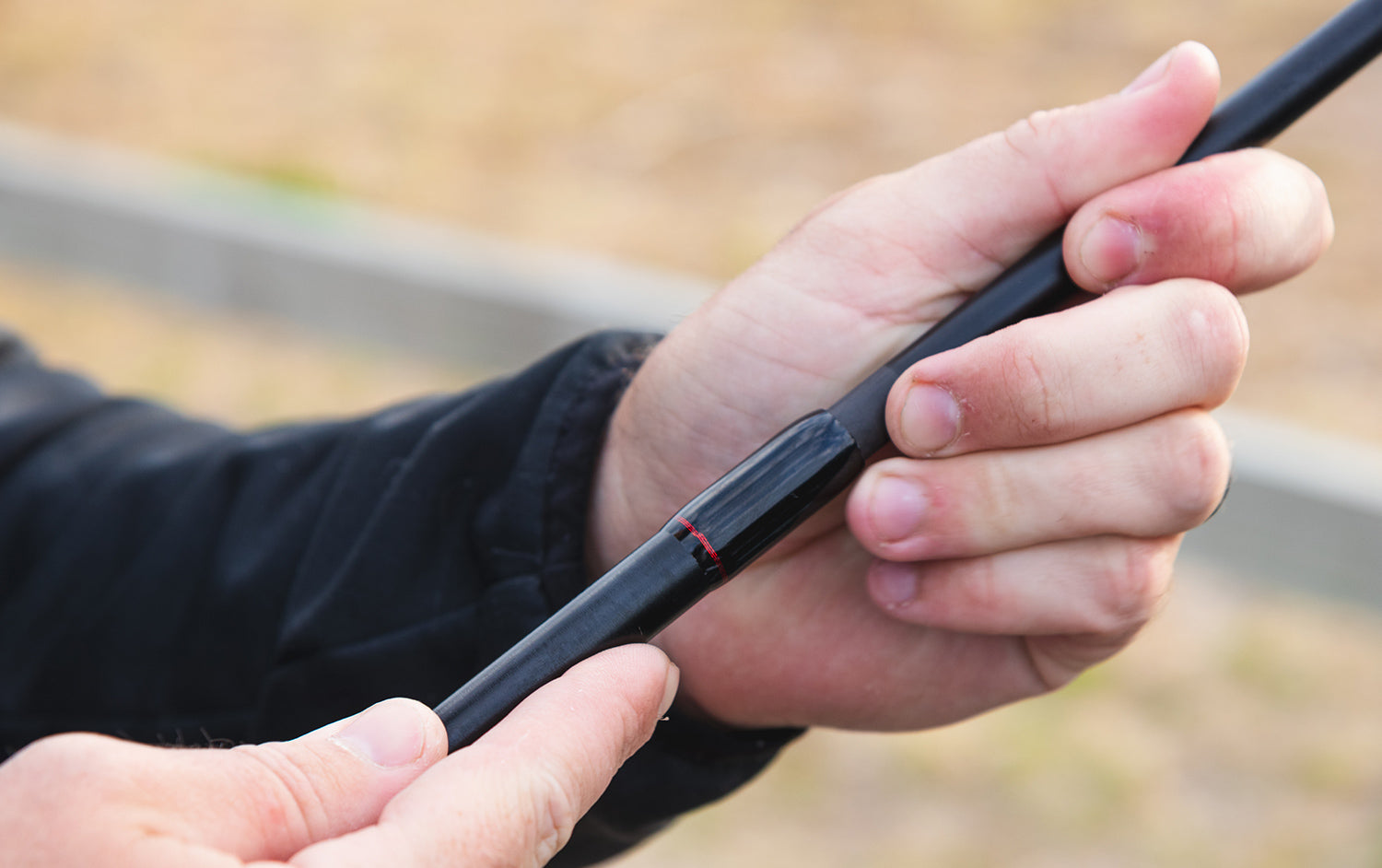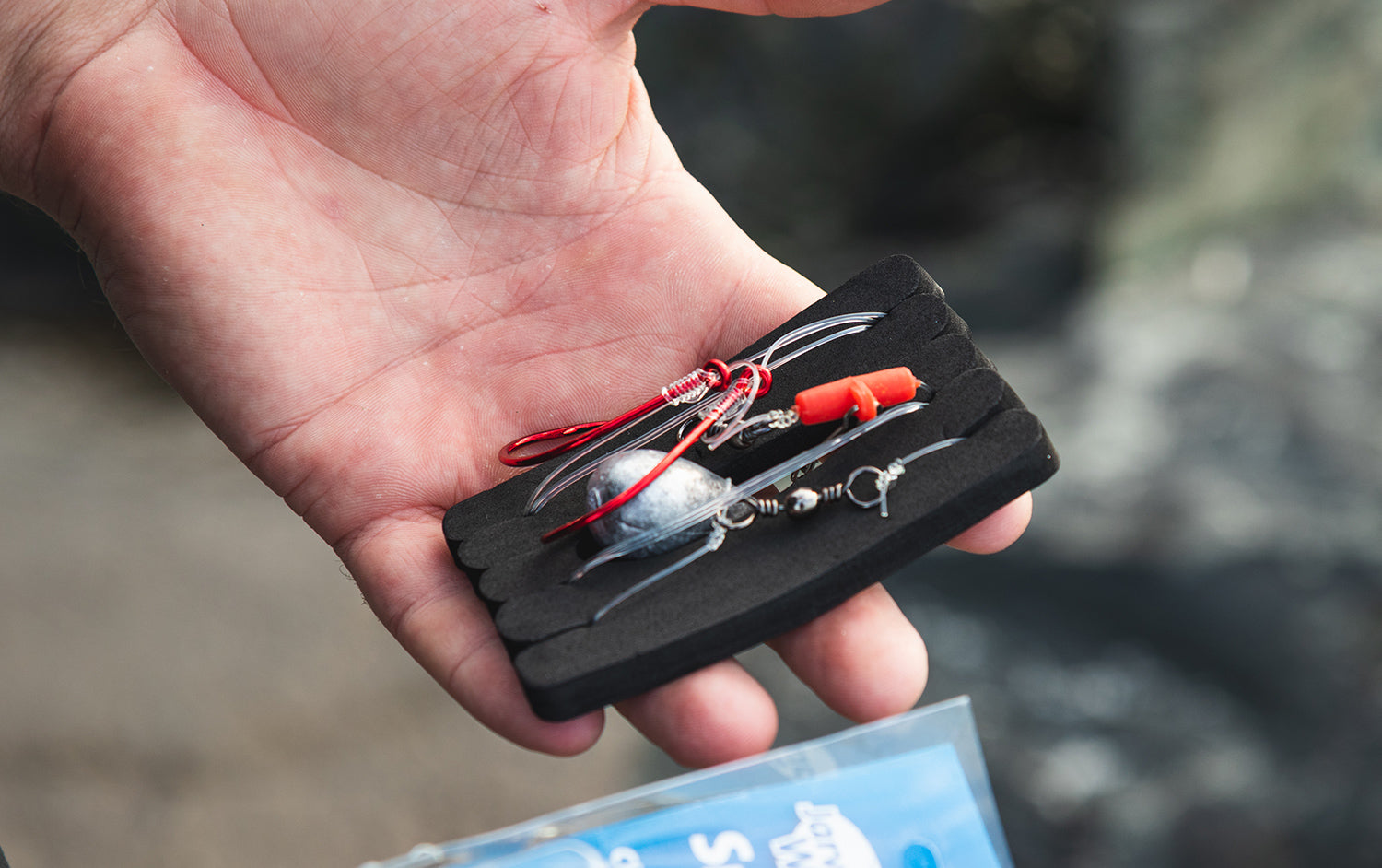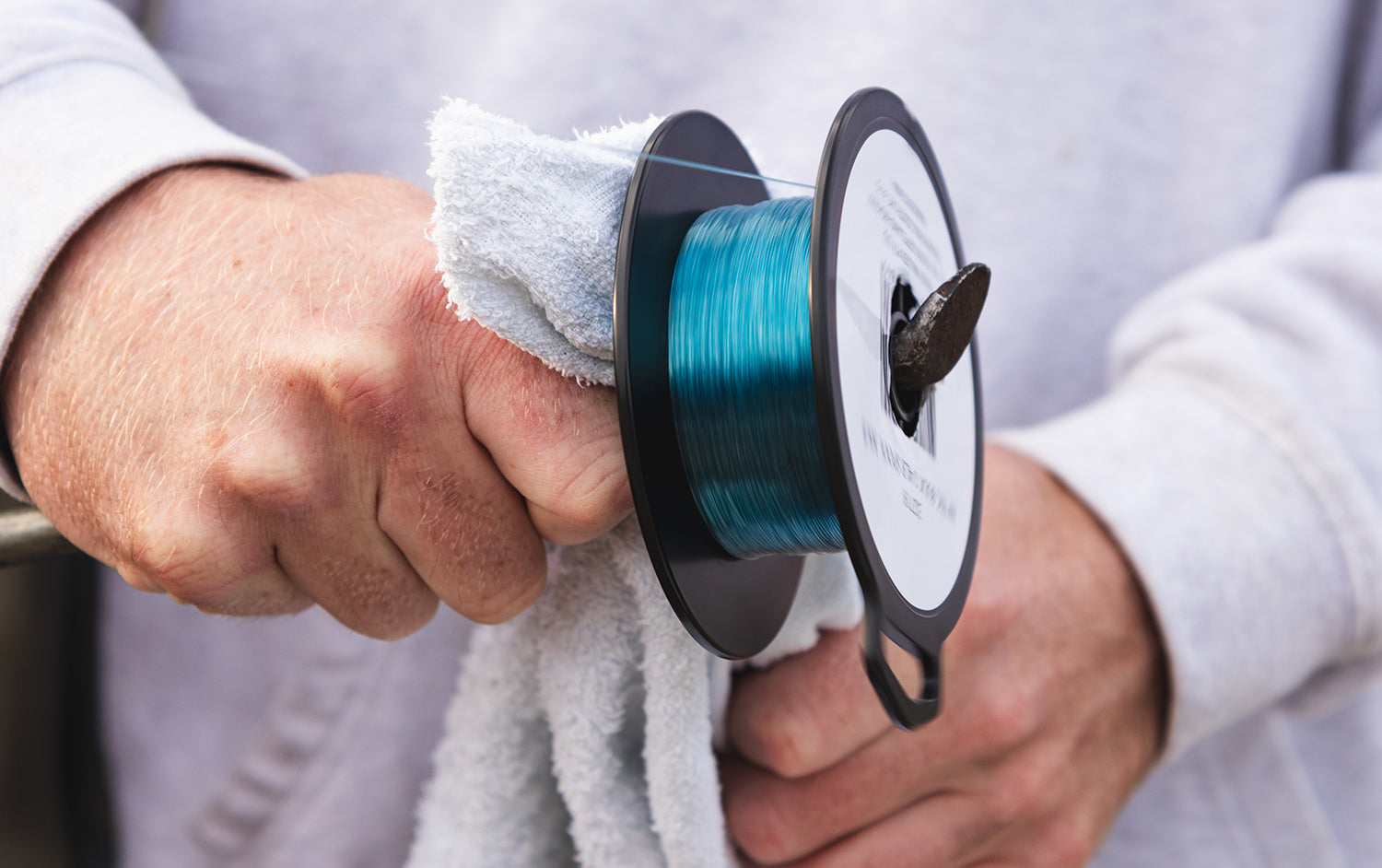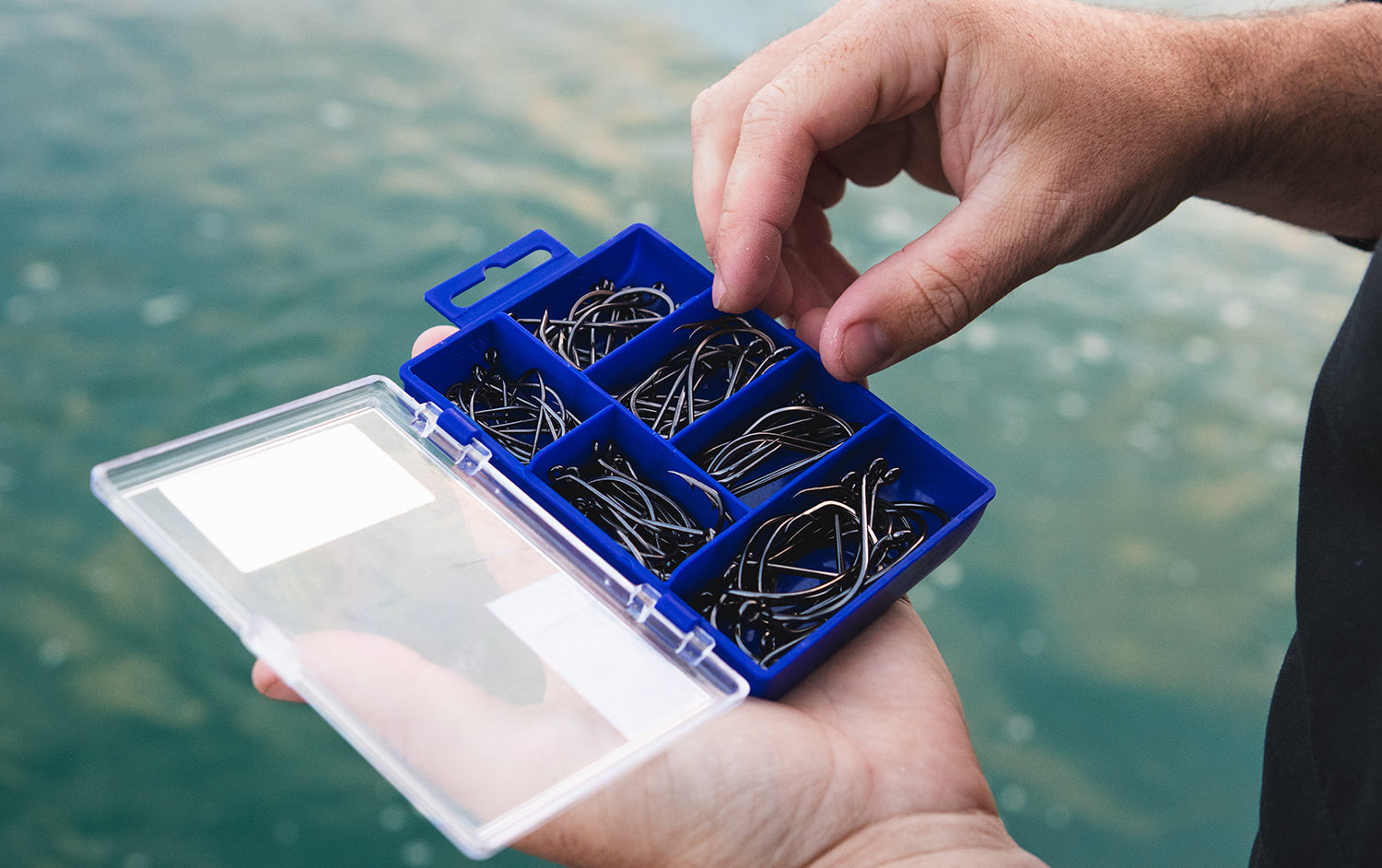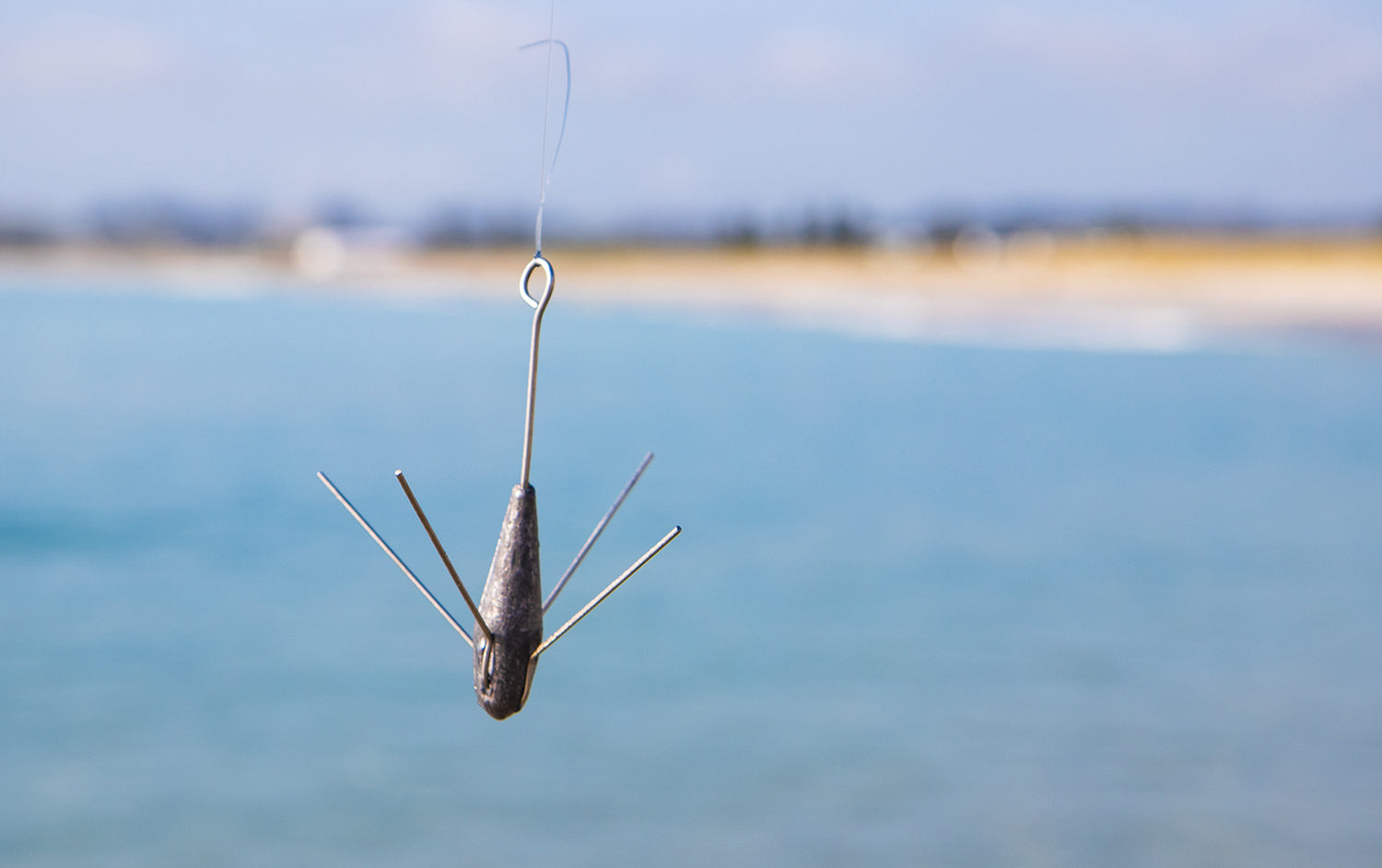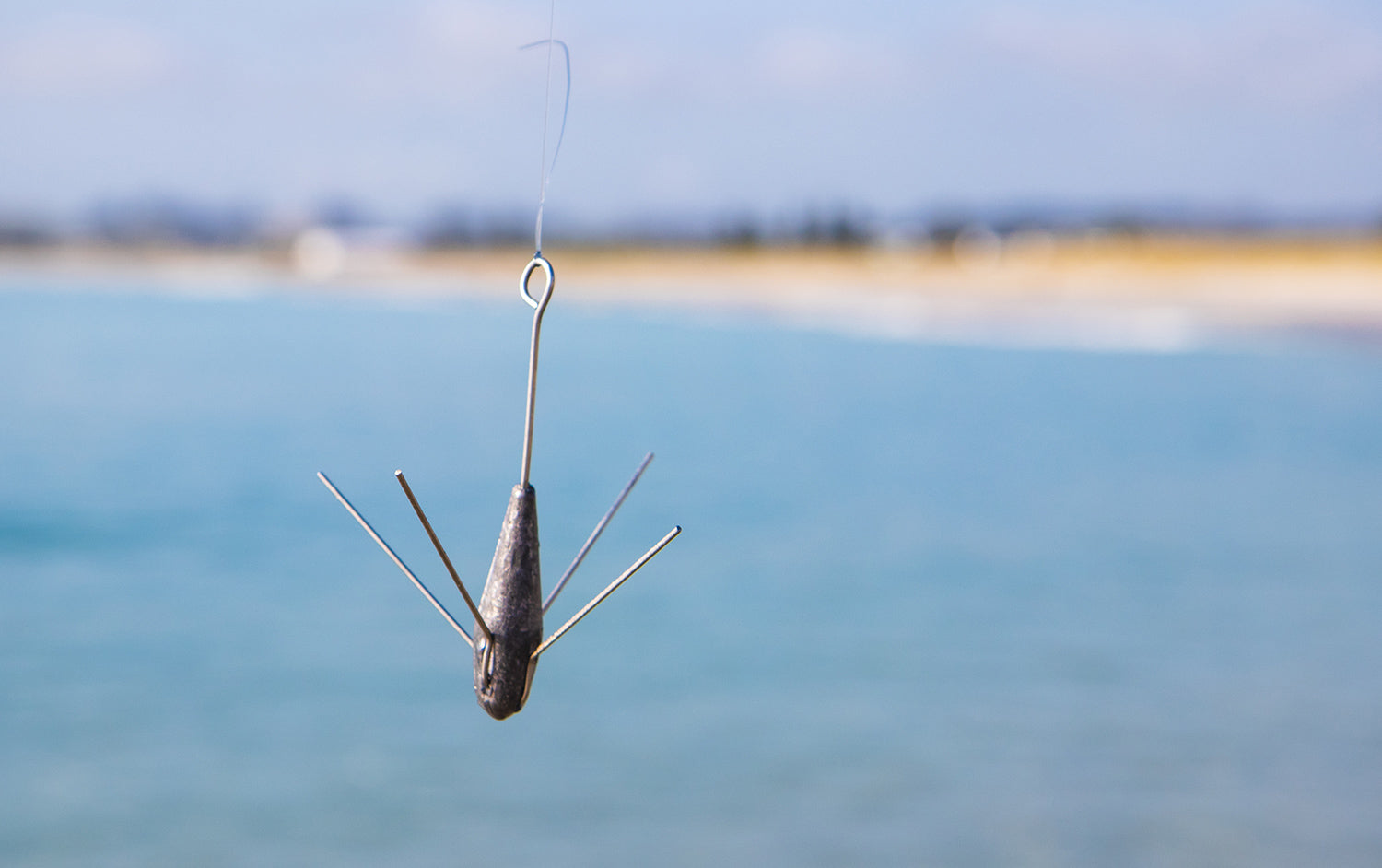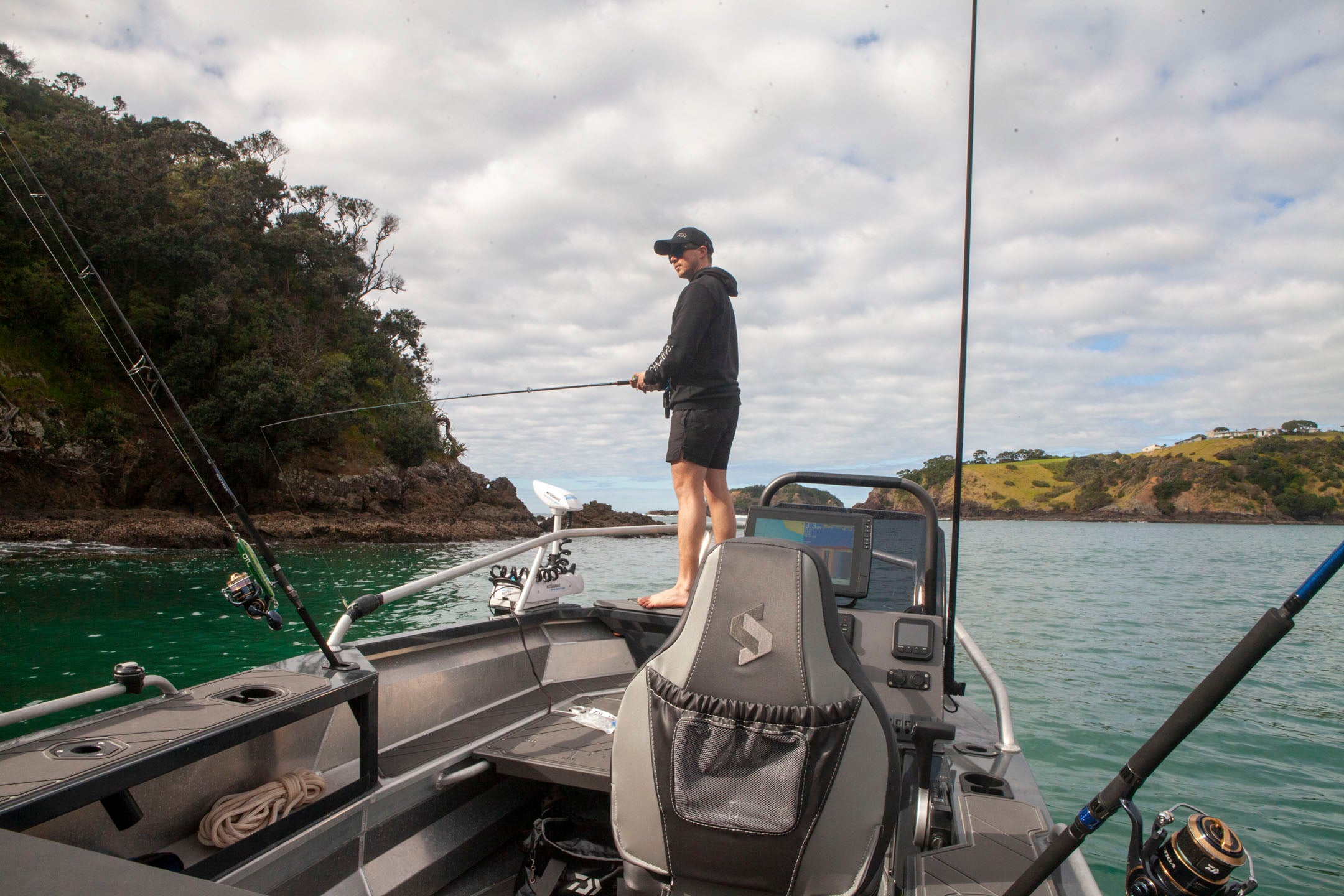Choosing Equipment – What's the best sinker?
Sinkers are the most basic of fishing tackle. If they sink, they work. But the science of sinking is not that straightforward. Like all fishing tackle, sinker designs are constantly evolving into a variety of shapes and sizes designed for specific functions. This expanding choice makes the task of picking the best sinker for each application more difficult. The upside is that if you take advantage of that choice, you’ll catch more fish.
The basic role of a sinker is to hold your baits in a specific position. Your choice of sinker style will always relate to this task but is also influenced by what bait and rig you’re using, the scenario, fish species and prevailing conditions.
Some shapes and sizes allow baits to waft around in the current, others anchor bait exactly in one spot. Sinkers can be used to make precision adjustments to float or lure rigs and some are used to move baits below the surface, but not all the way to the bottom.
What you can do with these simple tools is limited only by your imagination. Think about the depth at which the target fish are feeding, how much movement you need to allow your bait and then choose the lightest weight that is practical to achieve that presentation.
Bean sinkers are popular for running sinker rigs, where the main line is threaded through the sinker and left unattached, so it can move more freely. Bean sinkers are often preferred over ball sinkers because of the twin attributes of being a good casting shape but with better bottom-holding characteristics than the ball sinker, due to the bean’s flat sides. They are often positioned either running directly to the hook, or restricted to running along the main line above a swivel connection.

Ball sinkers are popular for running sinker rigs, where the main line is threaded through the sinker and left unattached, so it can move more freely. They are often positioned either running directly to the hook, or restricted to running along the main line above a swivel connection. Ball sinkers are ideal when fishing current in fresh or saltwater when you want your bait rig to move around, covering more area, but while keeping the bait near the bottom.
Split shot sinkers are very useful when fishing light in streams or estuaries. Many anglers also use them when float fishing—to balance floats and hold the bait down where the fish are. Split shot sinkers have a ‘split’ in one side that you fit your line into; and then you squeeze the sinker with pliers, closing the split around your line to fix the sinker in that position. The sizes are small enough that you might attach or remove several split shot sinkers to achieve and/or maintain the perfect weight as conditions change.
Barrel sinkers are popular among estuary anglers working light running sinker rigs, where the main line is threaded through the sinker and left unattached, so it can move more freely. They are often positioned either running directly to the hook, or restricted to running along the main line above a swivel connection. Smaller sizes are used as slim-profile weights on float rigs. The slim profile also makes them an optimum lead for casting or when trolling to keep a lure or bait down; some anglers even use them as a high-speed lure, running a treble behind them. They bury more easily in sand or mud than ball sinkers, for when less movement is desirable.
Snapper sinkers are a boat fishing favourite designed to sink fast and get your baits to the bottom quickly with as little flutter as possible. The eye at the top of the sinker is used to attach it to the very end of your rig, making this sinker style ideal for paternoster (dropper) rigs and multi-hook rigs. You can attach, remove or change your sinker easily using a loop knot tied at the end of your line; simply thread the loop through the eye of the snapper sinker, then push the sinker through the loop and tighten the line, so the loop wraps around the sinker eye. Reverse that process for quick sinker removal.
Star sinkers are ideal for fishing sandy sea floors, especially surf beaches. These sinkers are designed to bury themselves as the water moves them around, so your bait holds in position for longer. They’re a great option when you need to anchor your bait in a favourite beach gutter.
Surf sinkers are popular with beach anglers using running sinker rigs. The squat convex disc shape is excellent for casting distance, while offering good resistance to rolling in strong surges or wash. They’re ideal when you need extra holding power to keep your bait in the best position for longer.
Rocket sinkers, also called bomb sinkers, sink fast and are ideal for bottom fishing deep water with paternoster (dropper) rigs. The round, wide, bulbous base thins towards the top where a brass swivel is fitted as an attachment point. You can attach, remove or change your sinker easily using a loop knot tied at the end of your line; simply thread the loop through the eye of the swivel, then push the sinker through the loop and tighten the line, so the loop wraps around the swivel eye. Reverse that process for quick sinker removal. Some anglers use rocket sinkers running along the main line between hook and swivel, or two swivels or rings.
Bug sinkers are ideal for estuary and lake fishing where a light, low profile lead is preferred. They are often used in a running sinker rig, where the main line is threaded through the sinker and left unattached, so it can move more freely, usually positioned either running directly to the hook, or restricted to running along the main line above a swivel connection. Unlike small ball sinkers, the bug sinker’s flat sides make it less prone to rolling along the bottom in current. Use a bug sinker when water flow is a little too fast for split shot, but not so fast as to require something heavy.
Anglers who fish heavy reef often prefer spoon sinkers. They have a large, convex-shape-back and when you retrieve them they tend to swim around and bounce off rock, reef and other structure, avoiding snags better than other sinker styles. Spoon sinkers don’t work as well in strong current as some other sinker shapes, but they bury easily in sand if anchoring the bait is desired. They also suit anglers who prefer a slower sink rate, as they tend to swim down rather than dive straight like a snapper sinker does.
This clever sinker design offers anglers an aerodynamic shape that is excellent for maximising casting distance while also providing good bottom grip with four wire prongs. These prongs can then free the weight from its holding position as the wires ‘break away’, folding back, when a fish strikes or the angler winds in. Breakaway sinkers are popular with beach and rock anglers fishing areas with high water movement and/or areas with seafloors that can cause other sinker shapes to snag on obstructions.

